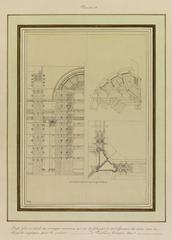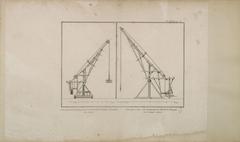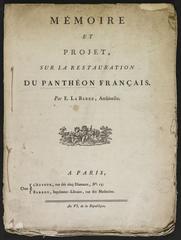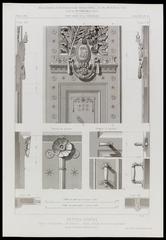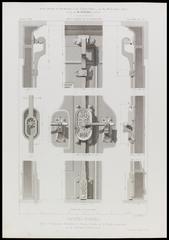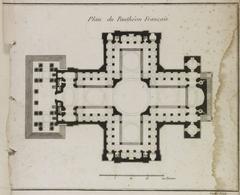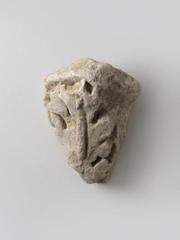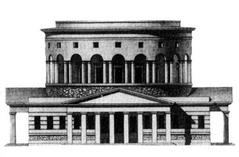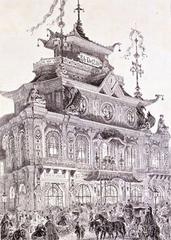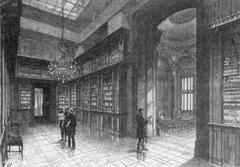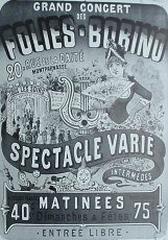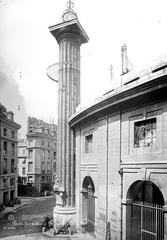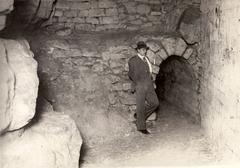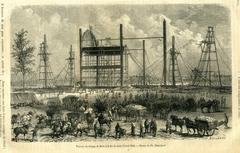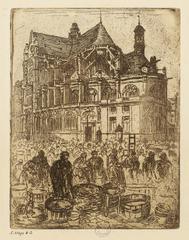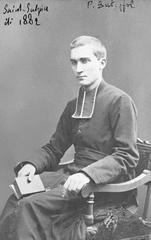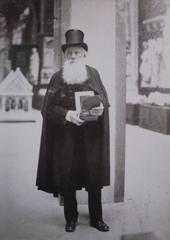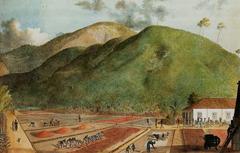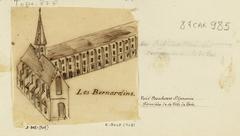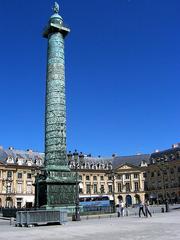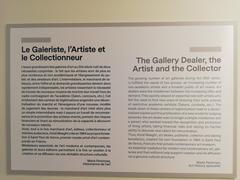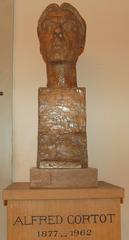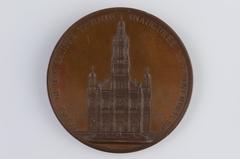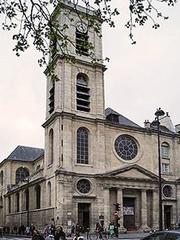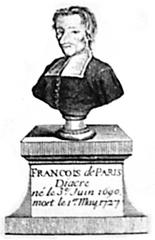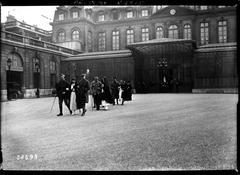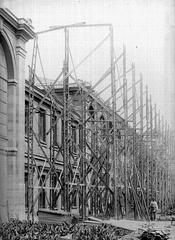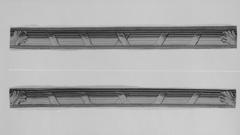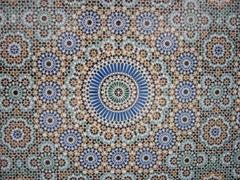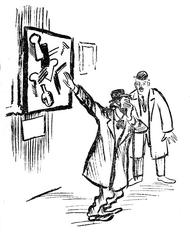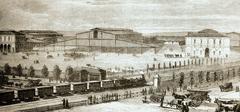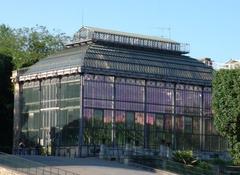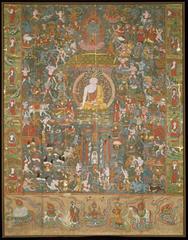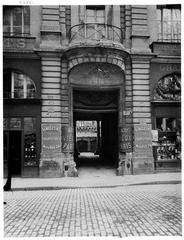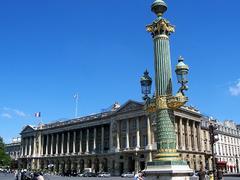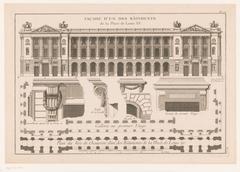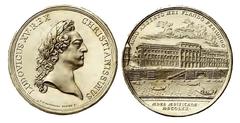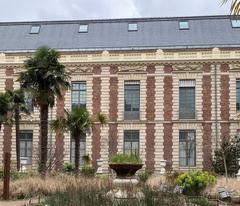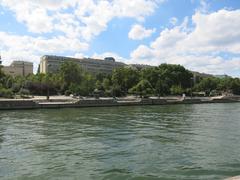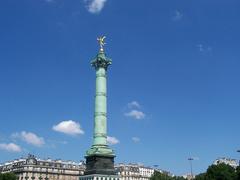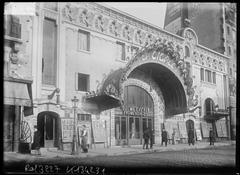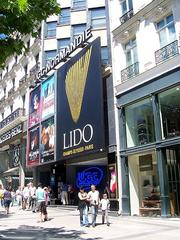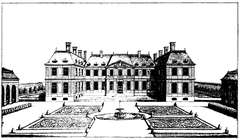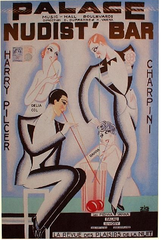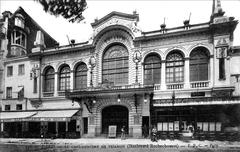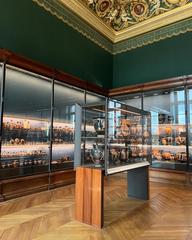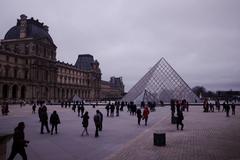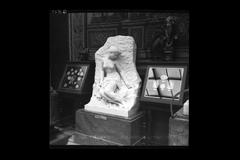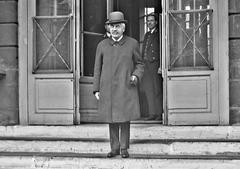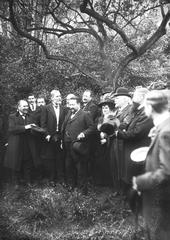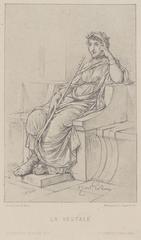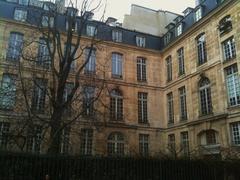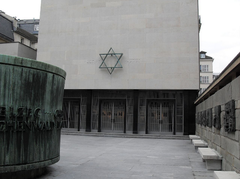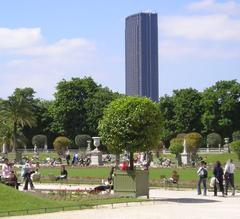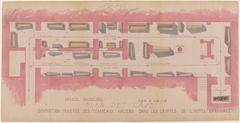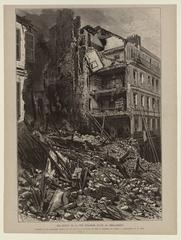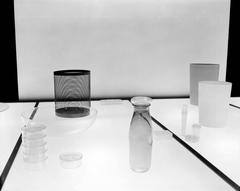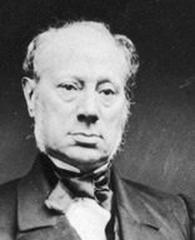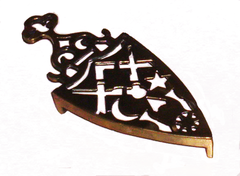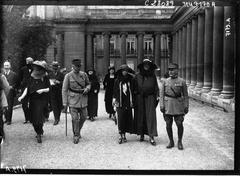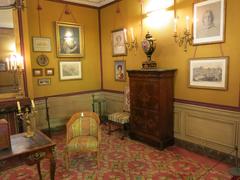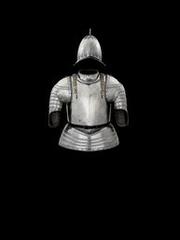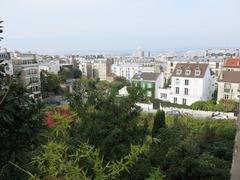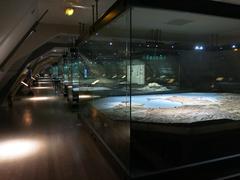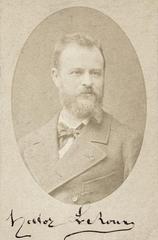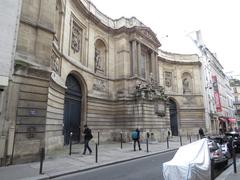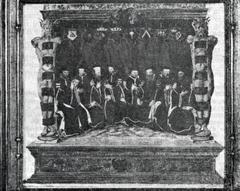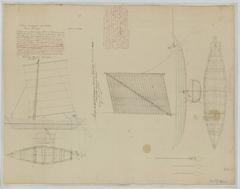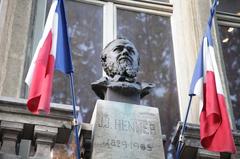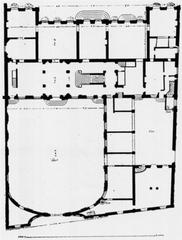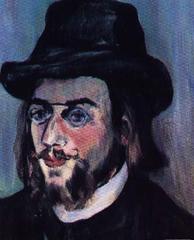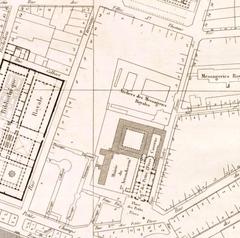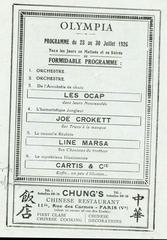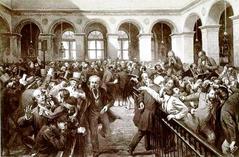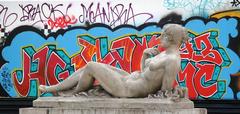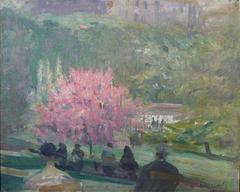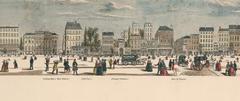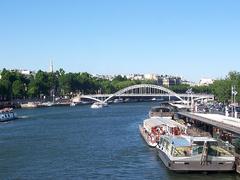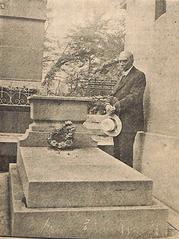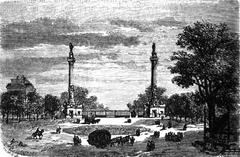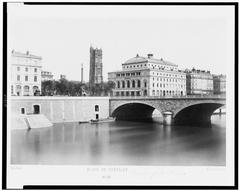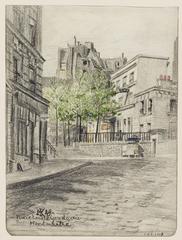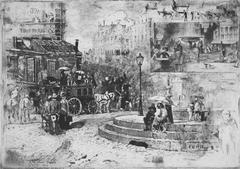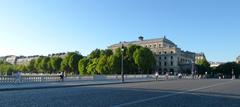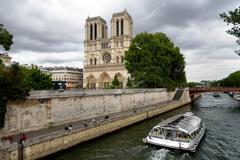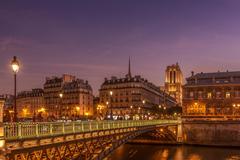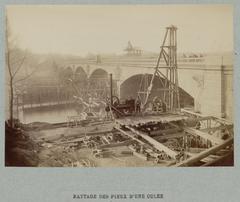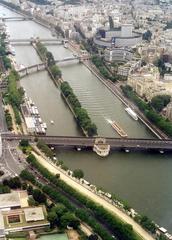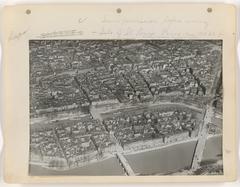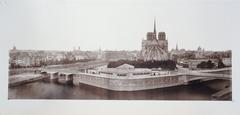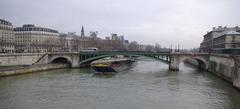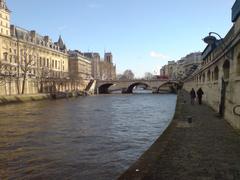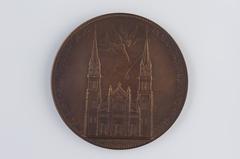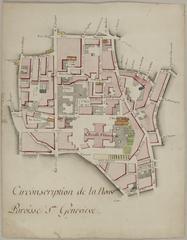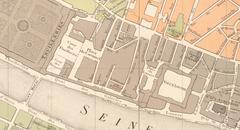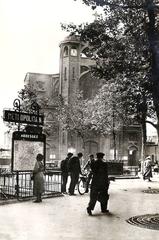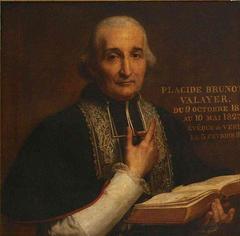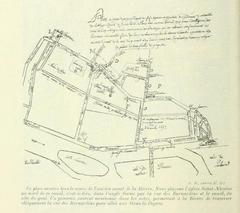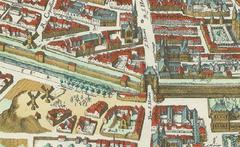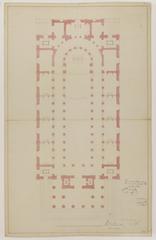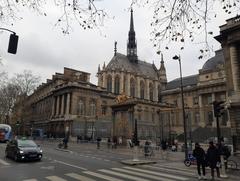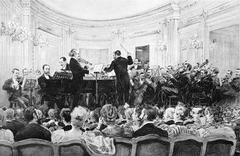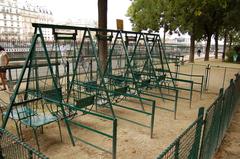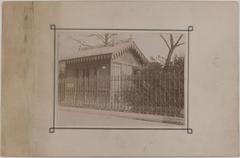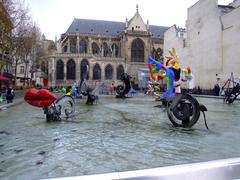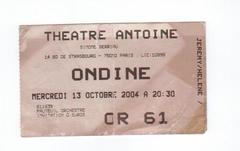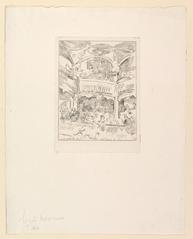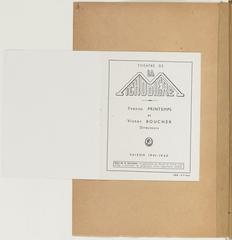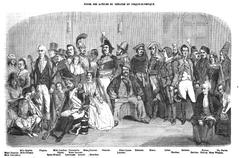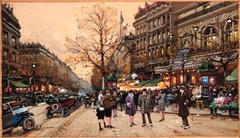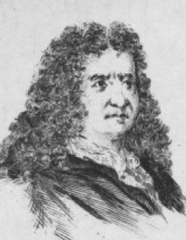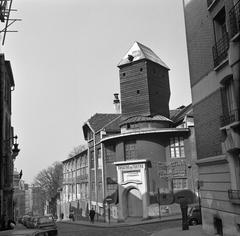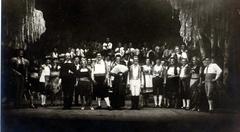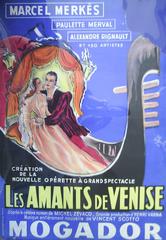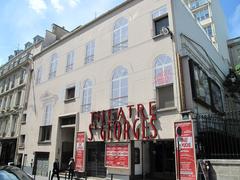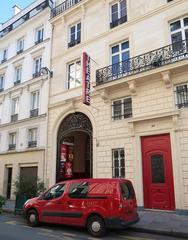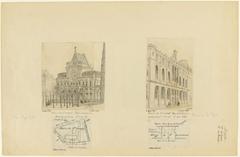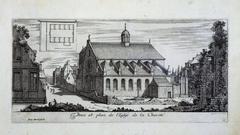
Visiting the Panthéon: Hours, Tickets, and Historical Insights
Date: 16/07/2024
Introduction
The Panthéon in Paris stands as a monumental testament to the rich history and cultural heritage of France. Originally conceived as a church dedicated to St. Genevieve, the patron saint of Paris, it has transformed over the centuries into a mausoleum honoring some of France’s most distinguished citizens (Panthéon Paris). This structure was commissioned by King Louis XV in the mid-18th century, following his recovery from a serious illness, and was designed by the architect Jacques-Germain Soufflot. Its construction, which began in 1758, faced numerous challenges, including financial difficulties and the death of Soufflot, before finally being completed in 1790 (History of the Panthéon).
The Panthéon’s transformation into a secular mausoleum during the French Revolution marked a significant shift in its purpose and symbolism. It became a revered site where the remains of notable French figures such as Voltaire, Jean-Jacques Rousseau, Victor Hugo, Émile Zola, and Marie Curie were interred, reflecting the values of liberty, equality, and fraternity (Notable Interments). Over the years, the Panthéon has oscillated between religious and secular functions, mirroring the political changes in France, until it was definitively established as a secular mausoleum in 1885 following Victor Hugo’s death (Political Changes and the Panthéon).
Today, the Panthéon is not only a symbol of French national pride but also a major tourist attraction. Visitors from around the world are drawn to its architectural beauty, its historical significance, and the profound stories of the individuals interred within its walls. This comprehensive guide aims to provide an in-depth look at the Panthéon’s history, architectural features, visitor information, and its significance in modern-day Paris.
Table of Contents
- Introduction
- History of the Panthéon, Paris
- Architectural and Artistic Features
- The Foucault Pendulum
- Modern-Day Significance
- Visitor Tips and Practical Information
- Nearby Attractions
- Special Events and Guided Tours
- Photographic Spots
- FAQ
- Conclusion
- Sources
History of the Panthéon, Paris
Origins and Construction
The Panthéon in Paris, initially planned as a church dedicated to St. Genevieve, has a fascinating and complex history. The idea for the Panthéon was born in the mid-18th century when King Louis XV vowed to build a grand church if he recovered from a serious illness. Following his recovery in 1744, the foundation stone was laid in 1758. The architect Jacques-Germain Soufflot was chosen to design the building, envisioning a structure that combined the lightness and brightness of Gothic architecture with the classical principles of Greek architecture (Panthéon Paris).
Architectural Design
Soufflot’s design for the Panthéon was revolutionary. The building features a Greek cross plan with a massive dome at the center, inspired by the Pantheon in Rome. The façade, with its Corinthian columns and triangular pediment, is reminiscent of ancient Greek temples. The construction was a lengthy process, plagued by financial difficulties and the death of Soufflot in 1780. His pupil, Jean-Baptiste Rondelet, completed the project in 1790 (History of the Panthéon).
Transformation into a Mausoleum
The French Revolution brought significant changes to the Panthéon. In 1791, the National Constituent Assembly decided to transform the church into a mausoleum to honor the great men of France. This decision was influenced by the death of Honoré Gabriel Riqueti, Comte de Mirabeau, a prominent revolutionary figure. The Panthéon was thus secularized and became a symbol of the new Republic’s values of liberty, equality, and fraternity (French Revolution and the Panthéon).
Notable Interments
The Panthéon houses the remains of many illustrious French figures. Among the first to be interred were Voltaire and Jean-Jacques Rousseau, whose remains were transferred to the Panthéon in 1791 and 1794, respectively. These philosophers were celebrated for their contributions to the Enlightenment and their influence on revolutionary thought. Over the years, the Panthéon has become the final resting place for numerous other notable individuals, including Victor Hugo, Émile Zola, and Marie Curie (Notable Interments).
Changes in Function and Symbolism
The Panthéon’s function and symbolism have evolved over time, reflecting the political changes in France. During the Napoleonic era, the building was briefly returned to its original religious function, only to be secularized again after the fall of Napoleon. The Panthéon oscillated between being a church and a mausoleum throughout the 19th century, depending on the prevailing political regime. It was not until the Third Republic that the Panthéon was definitively established as a secular mausoleum in 1885, following the death of Victor Hugo (Political Changes and the Panthéon).
Architectural and Artistic Features
The Panthéon is renowned for its architectural and artistic features. The interior is adorned with frescoes depicting scenes from the life of St. Genevieve and the history of France. The dome, which rises to a height of 83 meters, is a masterpiece of engineering and offers stunning views of Paris. The crypt, where the tombs of the great men and women of France are located, is a solemn and awe-inspiring space (Architectural Features).
The Foucault Pendulum
One of the most famous scientific experiments conducted at the Panthéon was the demonstration of the Foucault pendulum in 1851. Physicist Léon Foucault installed a pendulum in the Panthéon to demonstrate the rotation of the Earth. The experiment was a success and provided clear evidence of the Earth’s rotation, making the Panthéon a site of scientific as well as historical significance (Foucault Pendulum).
Modern-Day Significance
Today, the Panthéon remains a symbol of French national pride and a testament to the country’s rich cultural and intellectual heritage. It continues to serve as a mausoleum for France’s most distinguished citizens, with the most recent interments being those of Simone Veil and her husband Antoine Veil in 2018. The Panthéon is also a popular tourist attraction, drawing visitors from around the world who come to admire its architectural beauty and pay homage to the great figures interred within its walls (Modern-Day Significance).
Visitor Tips and Practical Information
Visiting Hours and Tickets
The Panthéon is generally open from 10 AM to 6:30 PM, but hours can vary by season. General admission tickets cost around €11, with discounts available for students and seniors. Children under 18 can enter for free. For the most accurate and updated information, visit the official Panthéon website.
Travel Tips and Accessibility
Located in the Latin Quarter, the Panthéon is easily accessible via public transportation. The nearest metro stations are Cardinal Lemoine (Line 10) and Luxembourg (RER B). The site is wheelchair accessible, and guided tours are available in multiple languages. For more detailed information on accessibility, visit the accessibility section of the Panthéon’s website.
Nearby Attractions
While visiting the Panthéon, consider exploring nearby historical sites such as the Jardin du Luxembourg, the Sorbonne University, and the Musée de Cluny. These attractions offer a deeper dive into Paris’s rich history and culture.
Special Events and Guided Tours
The Panthéon frequently hosts special events, including temporary exhibitions and commemorative ceremonies. Guided tours, available in multiple languages, offer a deeper understanding of the Panthéon’s history, architecture, and the notable figures interred within. Be sure to check the Panthéon’s official website for details on upcoming events and to book tours in advance.
Photographic Spots
Photographers will find numerous vantage points to capture the grandeur of the Panthéon. The best spots include the steps leading up to the entrance, the interior dome, and the panoramic views from the dome’s exterior. Remember to bring a camera to capture these stunning views.
FAQ
What are the Panthéon visiting hours?
The Panthéon is generally open from 10 AM to 6:30 PM, but hours can vary by season. Check the official website for the most current information.
How much are tickets for the Panthéon in Paris?
General admission tickets cost around €11, with discounts available for students and seniors. Children under 18 can enter for free.
Is the Panthéon accessible to visitors with disabilities?
Yes, the Panthéon is accessible to visitors with disabilities. There are elevators and ramps available.
Are guided tours available at the Panthéon?
Yes, guided tours are available in multiple languages and provide valuable insights into the Panthéon’s history and significance.
Conclusion and Call to Action
The Panthéon in Paris is much more than a historical monument; it is a symbol of French national pride and a testament to the country’s rich cultural and intellectual heritage. Whether you’re a history buff, an architecture enthusiast, or a curious traveler, a visit to the Panthéon offers a profound glimpse into the soul of France. Be sure to check the official Panthéon website for the latest visiting information, and consider exploring the nearby Latin Quarter for a full cultural experience. Download the Audiala app for more updates, check out related posts, and follow us on social media to stay informed about fascinating historical sites like the Panthéon.
